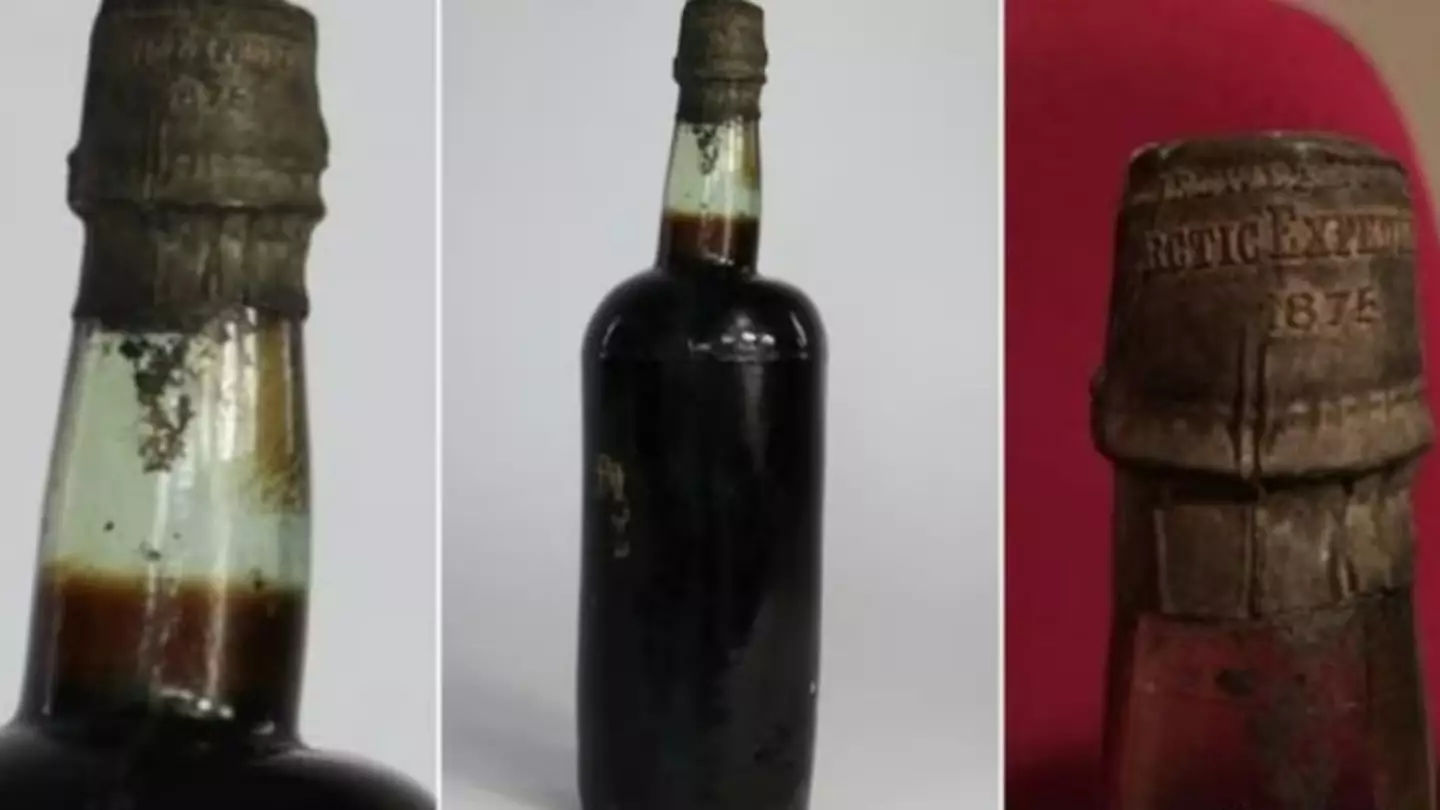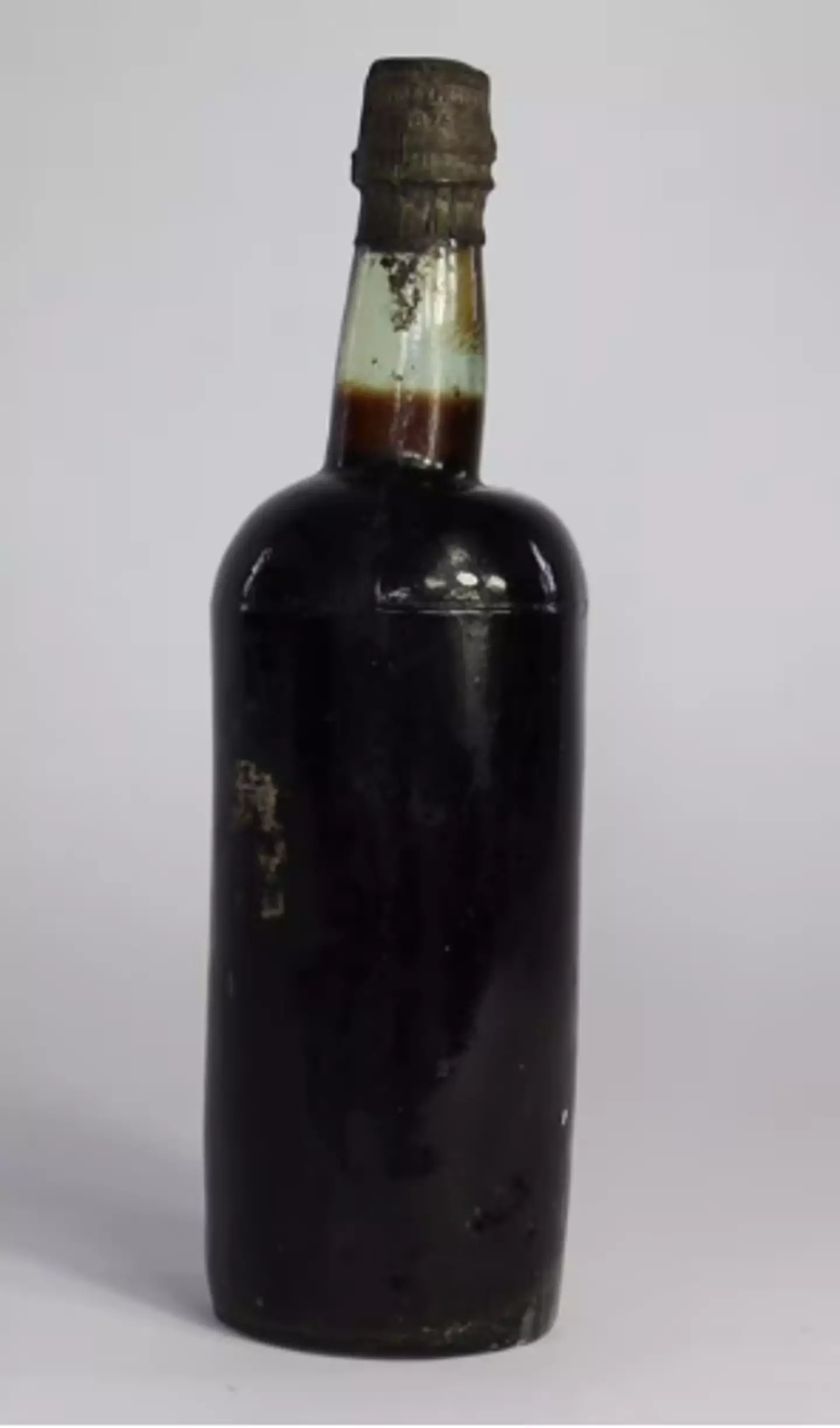
It’s not every day you hear about a beer that’s been waiting a century and a half to be tasted again. But tucked away in a Scottish brewer’s collection lies a dark, mysterious ale that’s survived longer than most breweries, beer trends, and even entire empires.
Its story starts in the age of polar explorers, when beer was for survival as well as the pub.
Back in the 19th Century, a handful of bottles of the drink were brewed with the pure mission of fuelling men on their way to the frozen ends of the Earth. These bottles weren’t meant to be savoured or sipped in a bar. They were designed to keep explorers alive through brutal Arctic temperatures and endless nights of ice and darkness.
What makes this story remarkable is that one of those rare bottles has resurfaced, and it’s finally about to be opened.
Advert

The man behind this bold move is Dougal Gunn Sharp, founder and master brewer of Edinburgh-based Innis & Gunn. More than a decade ago, Sharp bought a bottle of Allsopp’s Arctic Ale at auction for just over £3,000, paying five times its estimate after it was discovered in a Shropshire garage. The bottle was originally brewed in Burton-upon-Trent for British explorers heading north on the 1875 Arctic expedition led by Sir George Nares, who set out to reach the North Pole.
Now, 150 years later, Sharp plans to open the bottle and use it to inspire a new limited-edition beer: Innis & Gunn 1875 Arctic Ale, brewed in partnership with the revived Allsopp’s Brewery and based on the original Victorian recipe.
He said in a statement: “It’s hard to overstate how rare this bottle is. Some people might think it’s madness to open it, but I think the real madness would be to leave it sitting on a shelf. Beer is meant to be shared, particularly on this, its 150th anniversary.”
Advert
Brewed at Samuel Allsopp & Sons, the original Arctic Ale was made to endure temperatures as low as minus 40C. At around 9% ABV, it was 'strong and nutritive', packed with unfermentable sugars that could resist freezing. Records from the Victorian era describe it as dark brown, thick enough to be lifted from the copper in buckets, and six times as calorific as modern beer.
For Sharp, opening the bottle is all about legacy.
Sharp added: “This ale was brewed for a voyage of endurance and adventure, and I think it’s only right that it has one more journey – into the glass. There’s something very special about being able to taste a piece of brewing and maritime history. That’s why we’re doing this.”

Advert
Jamie Allsopp, founder of the new Allsopp’s Brewery and descendant of Samuel Allsopp, called the collaboration ‘a physical bridge to the past.’
He added: “The idea of physically pouring history into a new brew is a kind of alchemy. It’s never been done before, and it’s the perfect way to reconnect with a moment in brewing history that’s fascinated people for nearly 170 years.”
The recreated beer will launch later this year across Innis & Gunn’s taprooms, Allsopp’s venues in London, and select stockists, giving modern drinkers a rare taste of a beer that once braved the Arctic.
Topics: Drinks, Restaurants and bars
